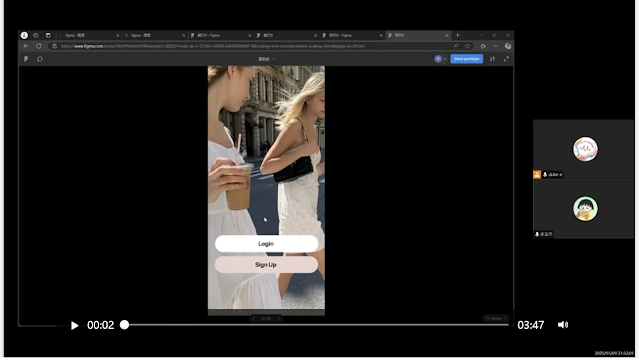APPLICATION DESIGN (Project 4:Completed Mobile Application Design Prototype )

Application Design /Final Project: High Fidelity App Design Prototype Week 13- Week 15: 1. Colour Palette 2. Design Progress 3. Usability Testing Final Outcome In this phase of learning, I first studied the Colour Palette in depth, understood the color theory and the impact of different color combinations on users' emotions and visual experience, and learned how to choose a color scheme that matches the style of the project and the target audience, so as to set the visual tone for the design. In terms of Design Progress, from the initial conceptualization to the concrete design implementation, I mastered the design process and methodology at different stages, including the use of Wireframe and UI kit, which improved the logic and consistency of the design, and transformed the ideas into actual design works. Usability Testing allows me to evaluate the ease of use and effectiveness of the design from the user's point of view, and to collect feedback data to find out the ...
